You know ’em and moreover love ’em, those iconic food pairings like peanut butter and jelly, mac and cheese or pickles and ice cream. While it’s hard to say who first put ketchup and mustard on the same dog or burger, we can trace their individual histories and see that both rose to iconic status in the US early in the 20th century and thus was only a matter of time before the dynamic duo found each other in a squeezable and spreadable love story for the ages.
Also Read– Problems with insomnia? Here are some tips for falling asleep faster
But it’s 2023, and in the spirit of winners and losers and nothing in between, we’re pitting ketchup (or “catsup” if you’re fancy) against mustard (or “moutarde” if you’re French), in the sauciest of summer showdowns.
Game on!
Popularity
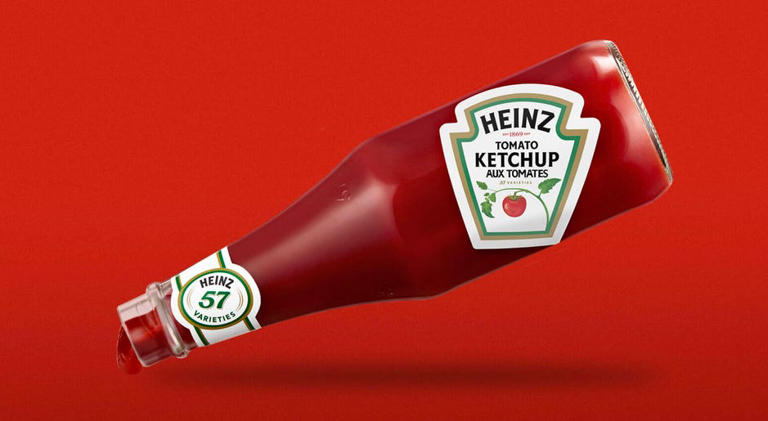
While an informal poll done on Facebook (by me) saw mustard edge out ketchup 23-20, mustard sales were just $433 million in 2017 compared to ketchup’s staggering $765 million, according to Statista. French’s is still the top-selling mustard brand, claiming a third of the US market, with Grey Poupon rolling in at roughly 15% and private labels rounding out the rest. Heinz dominates all challengers, yellow or red, with Hunts a distant second in the ketchup category. And while mustard seed is second only to peppercorns as far as spices go, ketchup is literally freaking everywhere. Check your desk drawer, there’s a packet in there, I promise.
Point: Ketchup
History
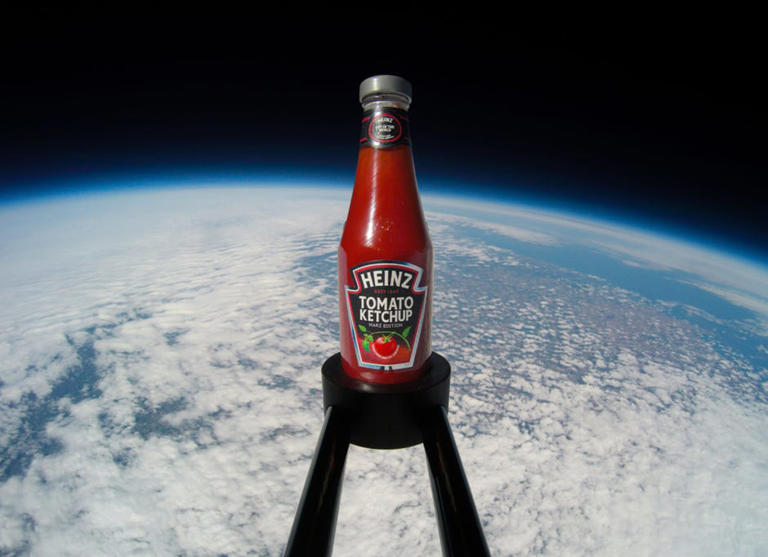
Ketchup, the self-proclaimed “king of condiments” is derived from a Hokkien Chinese word, kê-tsiap, that can be traced as far back as the 17th century. Original versions would be virtually unrecognizable to us, comprised mainly of mushrooms along with flavoring agents such as fermented fish, oysters and walnuts. It wasn’t until 1812 that tomatoes were introduced to the now famously tomato-based sauce. Mixed with brandy, spices and preservatives like sodium benzoate, ketchup’s popularity spiked in part for its long shelf life and as a means for preserving tomatoes.
Pittsburgh entrepreneur Henry Heinz reinvented the sauce in the early 1900s using pectin-rich ripe tomatoes and vinegar as natural preservatives instead of increasingly unpopular chemicals. From then, ketchup began to enjoy a full-on frenzy. As Heinz perfected his sauce, complicated and unnecessary home recipes began to vanish from cookbooks and Heinz would come to dominate the condiment category. These days, a bottle can be found in roughly 97% of American households and nearly every restaurant the world over.
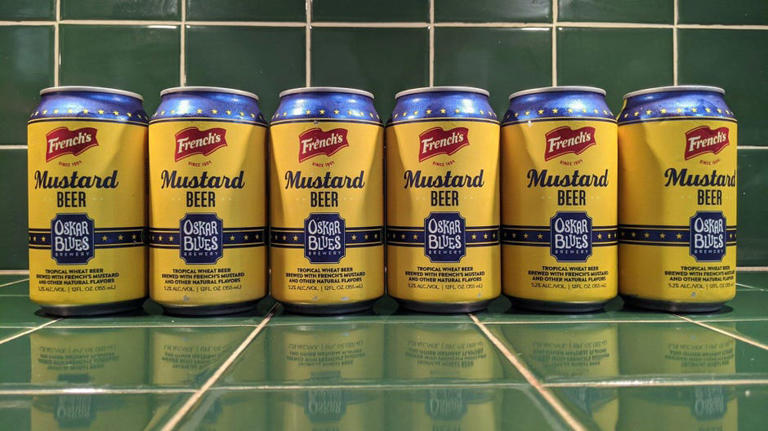
Mustard’s journey starts long before ketchup’s but ends in a somewhat similar place. Now a multibillion-dollar global market, modern mustard first emerged in Europe in the sixth century B.C. Mustard seeds have been found even further back in fossils, traced to the Mesopotamian empire (in the Middle East) circa 3000 B.C. and in the catacombs of Egyptian pharaohs. Both Greeks and Romans ate a version of prepared mustard mixing mustard seeds with grape must and spices, and finally jotted down an official recipe in 42 A.D.
Around the 10th century, mustard made its way to the English and French countrysides. Over the following century, several versions would emerge, including an especially popular variety made with white wine in the small French village of Dijon by a man called Marice Grey and his financier, Auguste Poupon.
As big a hit as it was overseas, mustard didn’t find its footing in the US until Robert French, of R.T. French Company, introduced a mild yellow version as a hot dog condiment at the St. Louis World’s Fair (1904). French’s yellow mustard would enjoy dominance until 1981 when Grey Poupon capitalized on a luxury-obsessed era with its “Pardon Me” ad campaign, featuring Gordon Gekko-esque businessmen eating it with steak in the back of Rolls Royces. Though it’s never overtaken yellow mustard, versatile Dijon and spicy English earned adoration both as a condiment and gourmet ingredient used by top chefs and seasoned home cooks.
Point: Ketchup (for coming such a long way in such a short time)
Also Read– Understanding the Causes of Right-Side Chest Pain
Influence
Pope John Paul XXIII allegedly loved mustard so much that in the early 1300s, he created a position in the Vatican called Grand Moutardier du Pape, or “great mustard maker to the Pope.” Others like Queen Victoria followed suit and, in 1866, appointed Jeremiah Colman, founder of Colman’s Mustard of England, her official “mustard maker.”
Ketchup has some political pull of its own. Thomas Jefferson’s cousin Mary Randolph was apparently such a fan she included a recipe in her influential 19th-century cookbook, The Virginia Housewife. And who could forget the 2004 election, when ketchup heiress Teresa Heinz Kerry, wife of Democratic nominee John Kerry, was just a measly 19 electoral votes from the White House?
Point: Mustard
Fanaticism
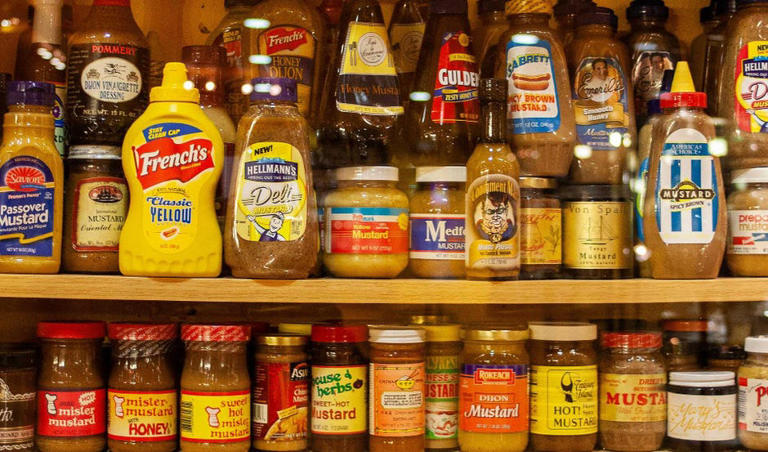
What would our modern world be without those take-it-too-far people? Former Wisconsin Attorney General Barry Levenson now operates the National Mustard Museum in Middleton, where he houses a collection of over 5,000 mustards from more than 60 countries, along with loads of mustardy memorabilia. He apparently loves the condiment so much that he shaves with it, much to the horror of his undoubtedly exhausted friends and family.
Not to be outdone, Ralph Finch of Farmington Hills, Michigan, has become America’s most prolific ketchup collector and credits his “having to mask his mother’s terrible cooking” for the outsized obsession. His collection, however, clocks in at a paltry few hundred bottles plus a smattering of memorabilia, although Finch recently cashed in a life insurance policy to expand the collection in a valiant attempt to catsup to Levenson.
Point: Mustard
Taste
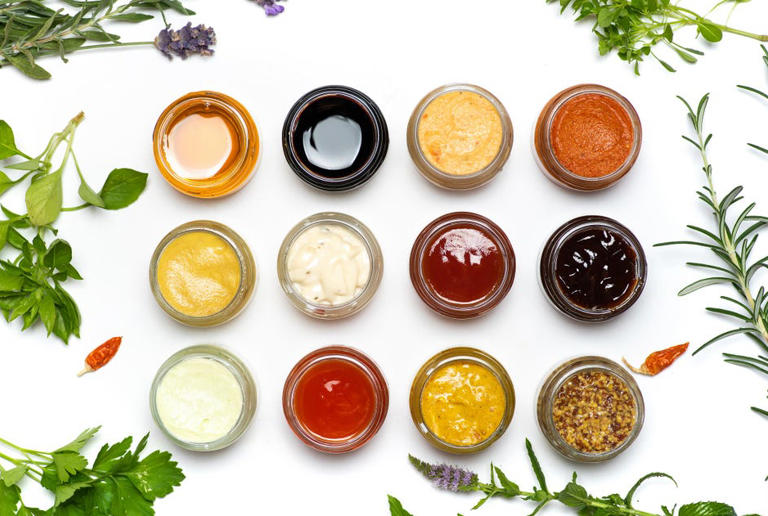
This is a tricky one, as taste is decidedly subjective. Most culinary-minded folks might cast their ballots for mustard, citing the complexity of flavor, range of upscale recipes and vaguely French aura. But consider the 2004 New Yorker article, The Ketchup Conundrum by Malcolm Gladwell. In it, Gladwell outlines how ketchup, specifically Heinz, is that rare food with extremely high “amplitude,” a word sensory experts use to describe flavors that are well-blended and balanced and “bloom” in the mouth. It’s a logical reason, he argues, that other brands struggle to make a dent in Heinz’s market share. And while mustard offers far more interesting and tasty versions of itself, good ketchup delivers “sweet, sour, salty, bitter and umami flavors, harmoniously and all at once.”
Also Read– The Unexpected Benefits Real Women Gained From Therapy
Let’s call it a draw.
Point: Tie
Culture

Save for Grey Poupon with its iconic ’80s ad campaign and subsequent love and lyrical shoutouts from hip-hop artists, both have remained relatively tame when it comes to big sweeping cultural references.
Ketchup is an accessible and affordable form of fake blood for amateur filmmakers and pranksters in a pinch, while lethal wartime agent mustard gas (not actually made with mustard but named for its similar smell) gained infamy in World Wars I and II.
“Put some mustard on it” — the most popular of mustard-related idioms — means to add some energy or speed to something, while “it’s like putting ketchup on a steak” means you’re ruining something good by adding a lesser element. In this case, ketchup. Kind of rude.
Point: Another tieBest BBQ Sauces for 2023, Tested by Us: See at Cnet
Healthiness
Mustard is the clear winner here, known to bring relief for a myriad of ailments including joint pain, skin problems and even poor respiratory health. It also clocks in at just 5 calories per serving (give or take), while ketchup, containing sugar and roughly 20 calories per serving, boasts very few health benefits.
Point: MustardBest Healthy Meal Kits of 2023: See at Cnet
Versatility

Another decisive win for mustard, which is used to make some of our favorite recipes, salad dressings, sauces and marinades. Mustard varieties can be found in many forms, too, from sweet honey mustards to deep, dark, spicy browns. Ketchup has made its way into sauces and recipes in its own right such as meatloaf. And in many parts of Europe (and my house), it’s often mixed with mayo creating a heavenly dip. But ketchup’s culinary destiny seems to be cemented simply as the world’s most popular standalone condiment. Certainly, nothing to shake a hot dog at.
Point: Mustard
Also Read– What are the benefits of avocado oil for skin? Find out what the experts say
Virality and social media presence
With the major players in both ketchup and mustard sticking to a fairly traditional social media playbook, Heinz crushes all with over 59k on Twitter and 180k on Instagram, as compared with French’s which has only 12.9K on Twitter and 19.2k on Insta. Grey Poupon keeps a low profile on social media, seemingly waiting for would-be social media stans to find it. Very French.
In the early 2000s when certain Americans were boycotting French exports when that country opposed the Iraq war (remember Freedom Fries?), French’s Mustard was worried it would go viral for the “wrong” reasons. The marketers and powers that be would be damned if anyone thought the mustard — which was simply founded by a guy named Bob French — was actually French. To dissuade any such notions, it launched a borderline Franco-phobic ad and social media campaign. Relax, you guys.
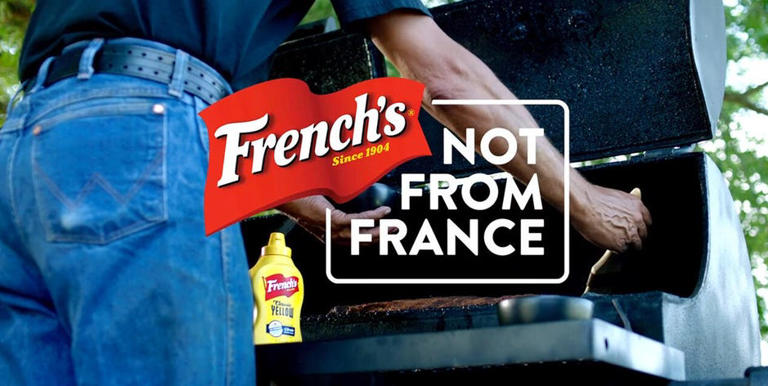
See? Not French.
Since then, French’s has released a series of PR stunts product releases and collaborations including a mustard-flavored beer and mustard ice cream in hopes of hitting it big. None have caught on in any significant way.
Also Read- Honduras opens embassy in China after breaking off ties with Taiwan
In 2018, Heinz tried to capitalize on the misfortune of baseball fan Bill Baffes when he landed a glob of yellow mustard roughly the size of Delaware on his left cheek, much to the delight of the camera operator who spotted him. Heinz (which also makes yellow mustard) pounced on Baffes’ gaffe, offering him season tickets to the ballpark if their tweet of the mustard-faced man hit 10,000 likes. It did, but in a dark twist, Baffes, who coincidentally owns a small grocery store on the south side of Chicago, saw an opportunity to snag a little buzz of his own and launched a promotion giving away free bottles of, wait for it… French’s yellow mustard.

You can’t make this stuff up, folks. And even if you could, would you want to?
Point: Bill Baffes







































